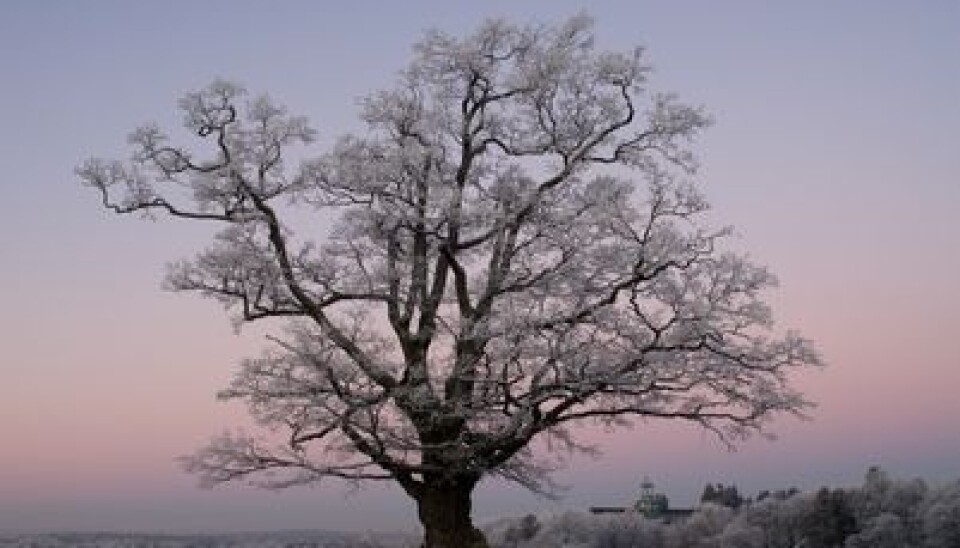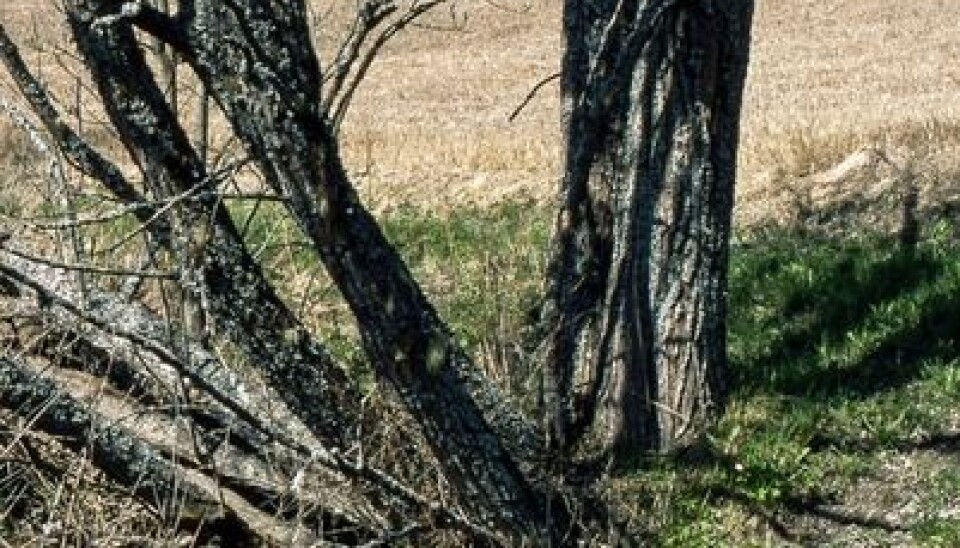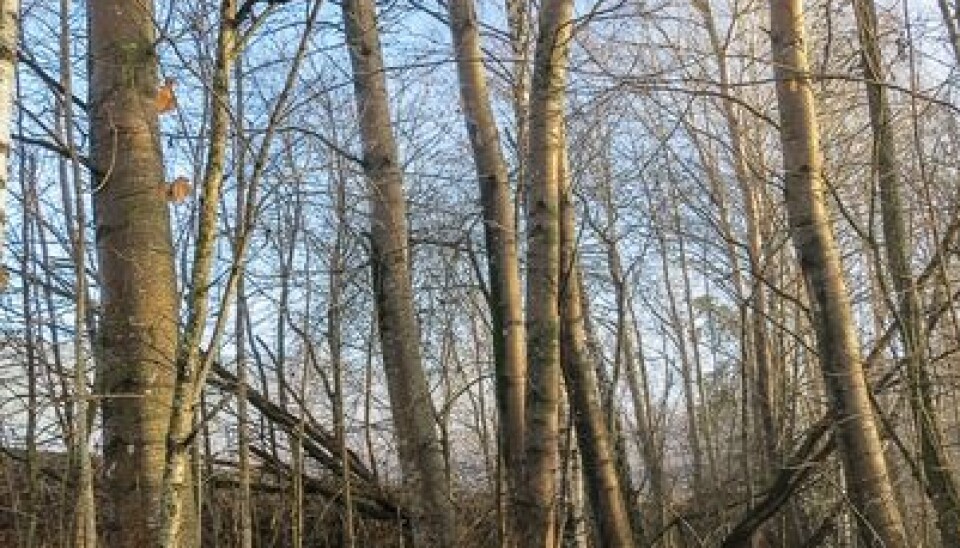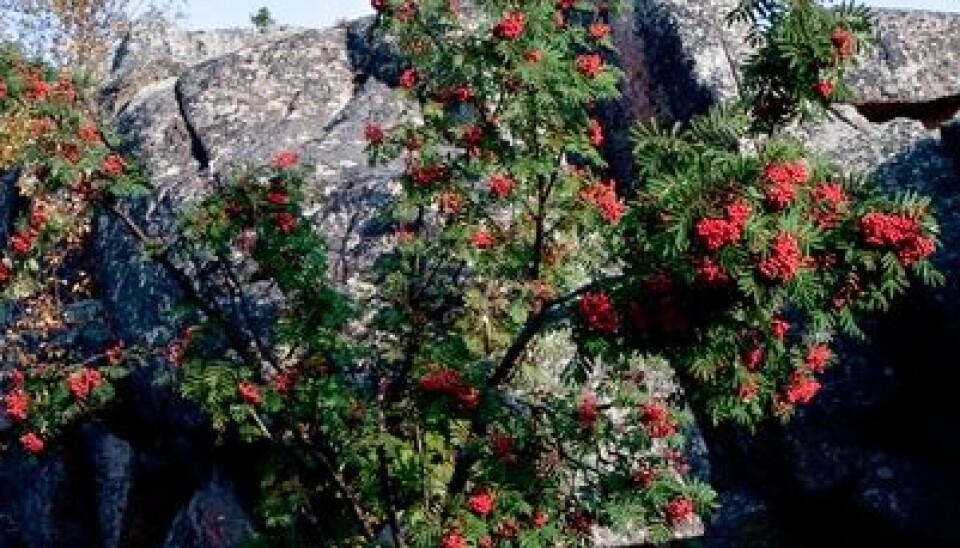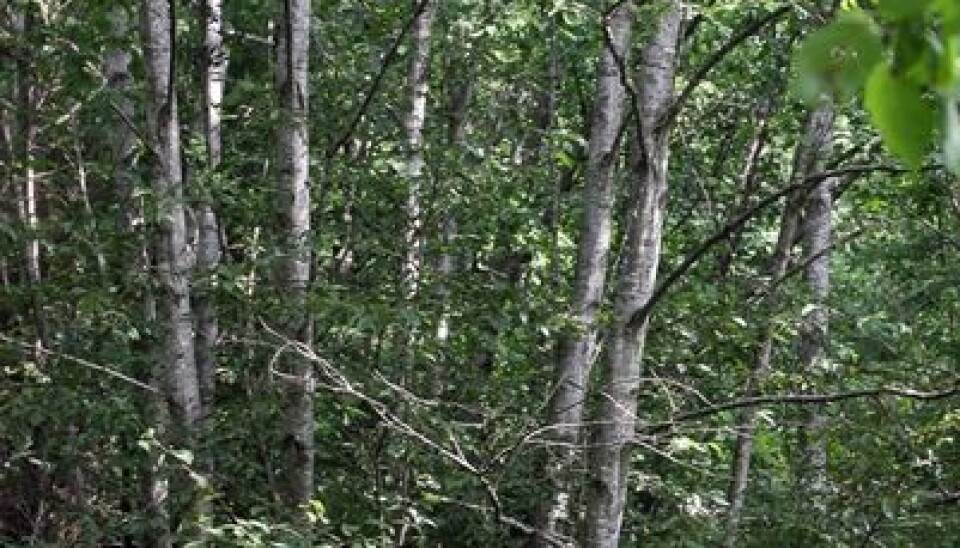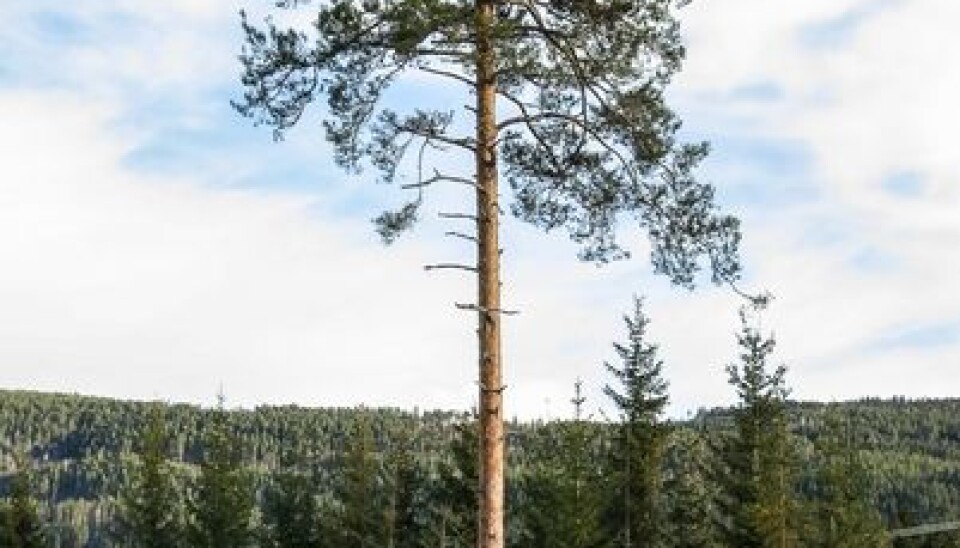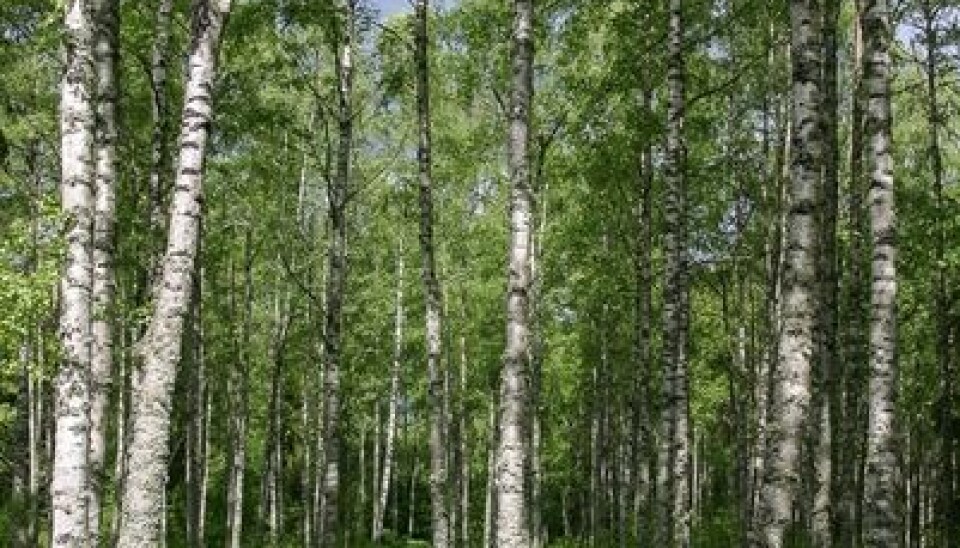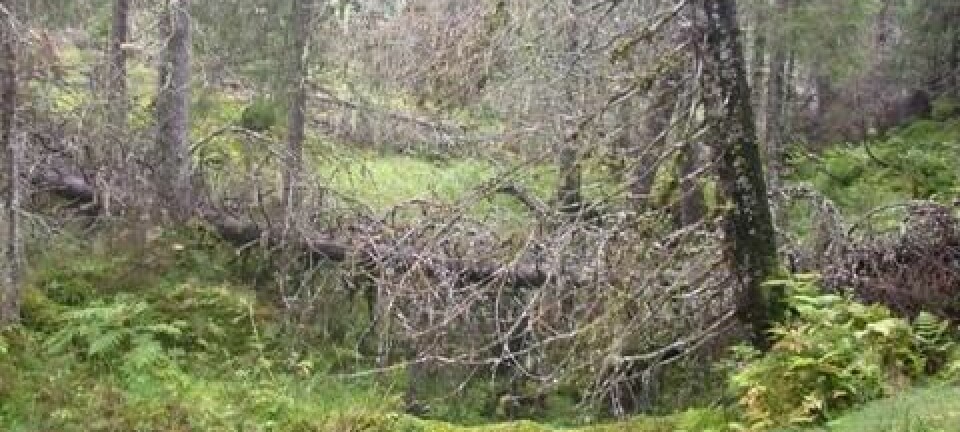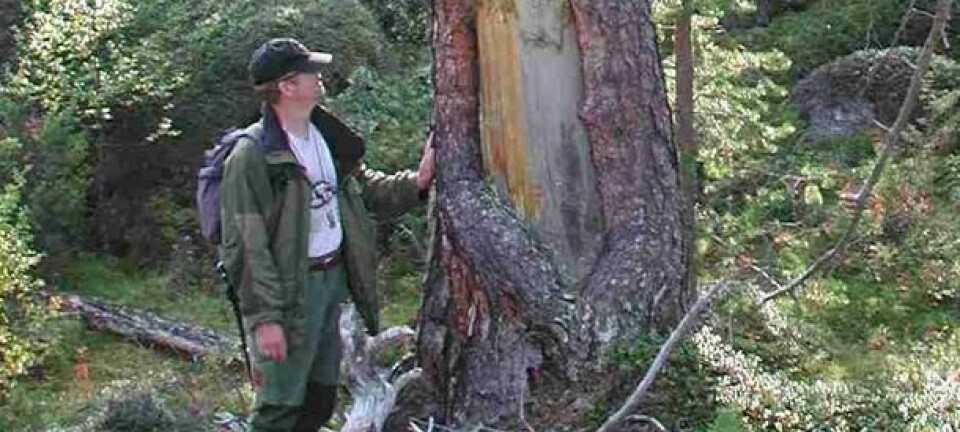An article from The Norwegian Forest and Landscape Institute
Trees Top 10
Birch, spruce, pine, alder, rowan, aspen, willow, oak, hazel and prunus are top 10 trees in Norway - when you count them.
Denne artikkelen er over ti år gammel og kan inneholde utdatert informasjon.
Many of us have a favorite tree that evokes memories of spring or winter, of childhood or of lost love. We remember the wind caressing the treetops or insects buzzing around weeping willows.
Do you have a favorite memory? A favorite tree? Or a favorite forest?
Here are the Norwegian top ten trees:
1. Birch Betula pubescens and B. pendula are the most common tree species in Norway. We find birch all over the country, from the coast up to the alpine tree-line, and as far north as Finnmark county. This is a useful tree that is suited for interior panelling and construction of furniture. It is however most popular as firewood.
2. Norway spruce Picea abies is the economically most valuable tree species in Norway. It is commonly used for construction materials in building houses. Spruce is a realatively recent immigrant and has so far spread through the south-eastern part to mid-Norway.
3. Scots pine Pinus sylvestris is also well suited for construction materials and for laminated wood. Pine wood is popular for panelling and flooring in houses and may be impregnated for increased resistance against fungus attacks. The pine arrived early to the country as the ice retreated and has spread to all parts of Norway.
4. Red alder Alnus incana is a pioneer tree species. It is commonly found on barren ground, such as land slides, and flood banks. The red alder is a fast growing tree and as such the wood is rather porous. However, red alder is becoming increasingly popular for interior paneling.
5. Rowen Sorbus aucuparia is exposed to browsing by moose. In some areas, this has affected regeneration of the species. Rowen reaches seldom more than 10 metres in height and older trees grow rather crooked. The berries, however are valuable, especially as essential food supply for birds migrating in the fall.
6. Aspen Populus tremula is known as a resource for production of matches. The wood is a poor cunductor of heat and is thus well suited for sauna benches. Aspen was in former days commonly used for outside panelling and interior panels of aspen preserves its nice, light colur.
7. Goat willow Salix caprea is well known for its soft, silky catskins that appear in early spring. The wood is tenacious and often crooked, of little value for construction, but all right as firewood - and for willow flutes.
8. Oak Quercus robur and Q. petraea is the king of the forests. This majestic tree may grow very old and big. The oldest oak tree in Norway is 1000 years of age. Oak is one of the so-called «noble» tree-species in Norway, that is, they are dependant on a warm climate and grow only in the southern part of the country.
9. Common hazel Corylus avellana is more renowned for its nuts rather than the wood. The growth form is more like a bush than a tree, usually with several stems coming from one root. When a stem reaches 5 cm in breast height, it is recorded as a tree in the inventory.
10. Bird cherry Prunus padus is the tree of the spring. The scent of bird cherry flowering in may is a welcome notice of summer. The wood is used for knife handles and such, but is otherwise of minor value. The growth form resembles that of hazel; many shoots from one root, so considerable numbers exceed 5 cm dbh.
All photos by John Yngvar Larsson of the Norwegian Forest and Landscape Institute.
------------------
Read the Norwegian version of this article at forskning.no









